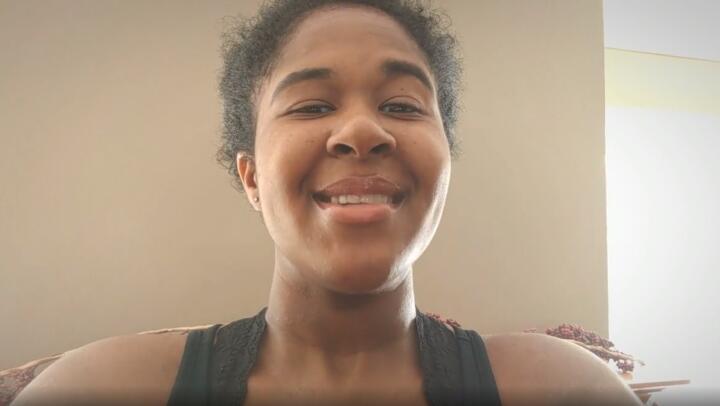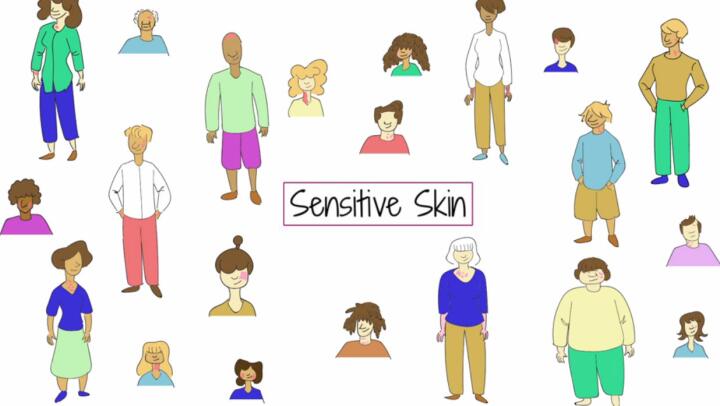
For parents of children with sensory processing disorder (SPD)—a little-understood condition that affects how children receive and respond to stimuli—typical activities like getting a child dressed or going out for dinner can become difficult challenges. How best to help a child who perceives and processes sights, sounds, smells, touches and tastes very differently than most people? There’s no one-size-fits-all answer to that question; the answer will ultimately be as individual as your child. Along with professional treatment and therapy, these five tips can help you manage your child’s SPD at home.
1. Make a safe space.
Children who are easily overwhelmed need a place they can go to calm down and feel comfortable. If bright lights cause your child distress, use soft, adjustable lighting in your child’s safe space. If loud noises are a trigger, choose a naturally quiet area and add soft materials (such as blankets or pillows) to absorb and muffle sounds. You might even want to keep a pair of noise-canceling headphones in the safe space.
Children with SPD who crave movement and touch need a safe space that allows them to indulge those needs. Consider adding soft, squishy balls to toss, or some old couch cushions to bounce and tumble on.
Your child can help you tailor the space to his or her needs.
2. Put together a comfort kit.
You’ve probably already figured out which tools and tricks help your child relax and feel more comfortable. Whether you child’s favorite soothers include a weighted blanket or fidget toys, having an easily accessible “comfort kit” at home can make life easier for your child, for you and for babysitters.
A canvas shopping bag makes a great comfort kit. Fill it with your child’s favorites, as well as tools to help him cope with outside stimuli (some ideas: sunglasses, headphones or earplugs, chewing gum, and a fun or distracting toy).
You can use the comfort kit at home and bring it along when you’re on the go.
3. Establish a signal.
With your child, devise a signal she can use to tell you when she’s starting to feel overwhelmed. Ideally, the signal should be silent and non-obtrusive: a special wave, perhaps, or a hand signal. Let your child know you will help her as needed when you see the signal. At home, you might simply allow your child to leave whatever she is doing and go to her safe space when you see the signal. When you’re out and about, the signal can be a sign it’s time to change your environment.
4. Go slow.
Children with SPD struggle with transitions. Do not spring new experiences on your child. Instead, give him plenty of advance warning, and plenty of time to adjust to new places and situations.
It’s not a good idea to take a child with SPD to a new restaurant on a Saturday night. A better approach would be to go during the week, during an off-time, for a snack. Stopping by when it’s slow—and staying just a little while—gives your child the opportunity to get accustomed to the sights, sounds and smells of the new place.
5. Find alternatives.
A child who doesn’t like loud sounds may enjoy music if it’s played quietly, on a device he can control. Similarly, a child who craves touch and movement can be redirected to “fiddle objects” such as squishy balls and rubber bands; these objects allow him to fulfill his need for sensory stimulation without bothering others. Kids who struggle with handwriting may do better with keyboarding, and kids who can’t stand sticky or gooey things can use glue sticks instead of paste and paint and brushes rather than finger paint.
It may take some time, creativity and experimentation to figure out which alternatives and adaptions work best for your child. Together, you may even develop some unique strategies to manage SPD at home.


















